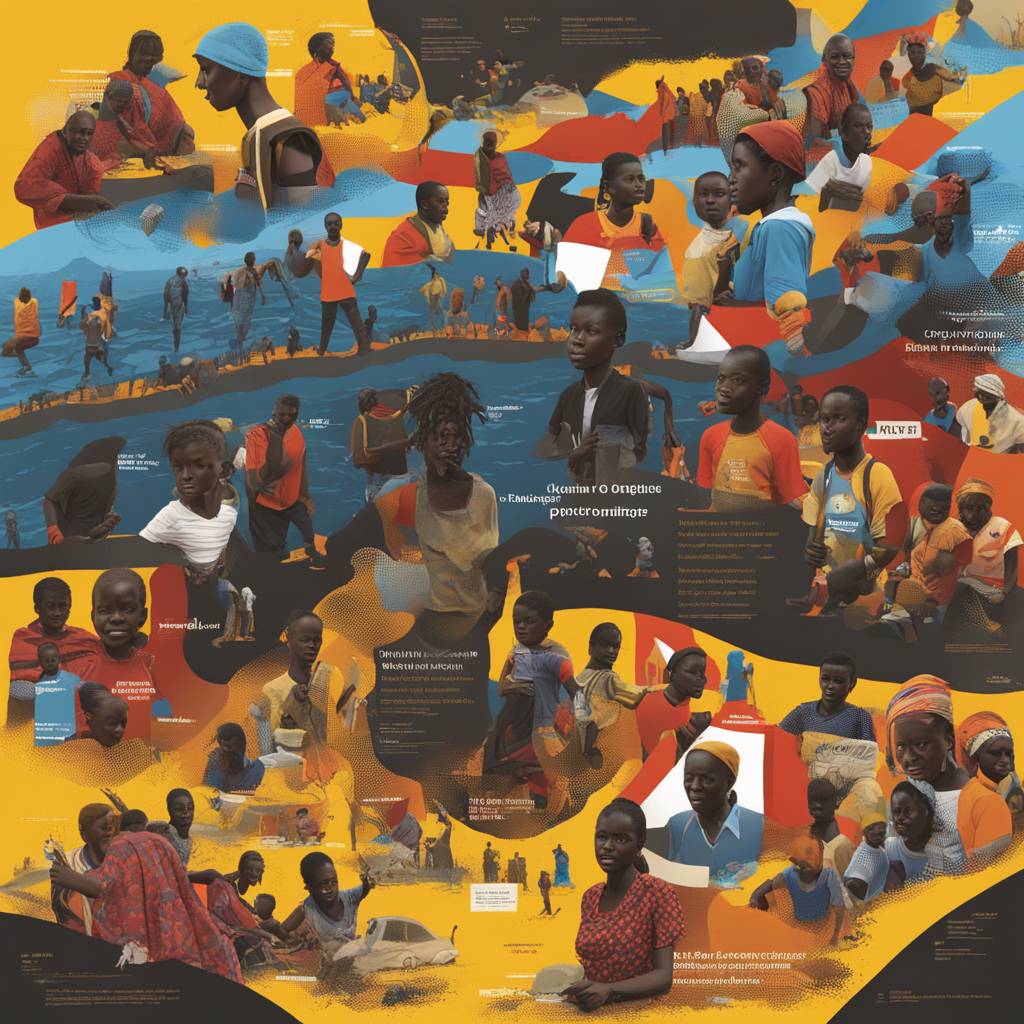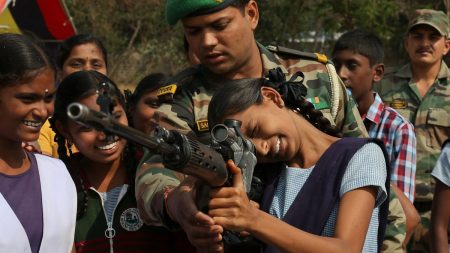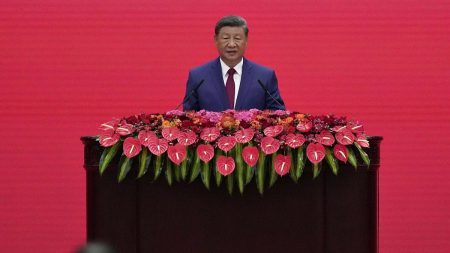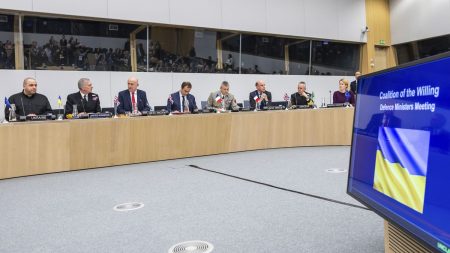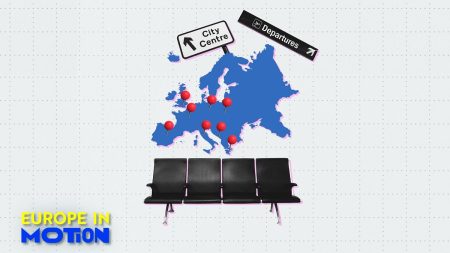Uganda is home to 1.6 million refugees, mainly from South Sudan and the Democratic Republic of Congo. Eighty-one percent of these refugees are women and children who have fled violence in their home countries. One such refugee is Damaria Chimpaye, a Congolese woman who now lives in the Nakivale refugee camp with her children. Uganda has a unique refugee policy that allows virtually everyone fleeing war-torn regions immediate protection, and refugees are given shelter, land to cultivate, and support through humanitarian aid from international partners.
The refugees in Uganda are supported by humanitarian organizations financed by the EU, US, and UN. These organizations provide food, education, and medical care, as well as infrastructure in the 14 refugee settlements in the country. Each refugee is entitled to a small plot of land to farm, as well as cash support that depends on individual needs and vulnerabilities. However, funding for these programs has decreased, with refugees receiving only half of the food support they were previously given in 2020.
In Nakivale, refugees struggle with hunger and malnutrition due to limited food supplies and resources. Damaria and her family receive only a small amount of food support, forcing them to work jobs and cultivate the land to supplement their diet. The malnutrition rate in Nakivale is considered acceptable but can rise dangerously, especially among children under five. Refocusing funds to combat child malnutrition has not been entirely effective, as mothers often use the money to feed the entire family, leading to continued challenges in addressing hunger and nutritional deficiencies.
In addition to hunger, refugees in Uganda face other challenges such as disease, school dropouts, and lack of opportunities, particularly for children. With the increasing number of refugee settlements and high birth rates within the camps, the Ugandan model for supporting refugees is being stretched to its limits. Despite the growing needs, humanitarian aid is decreasing, with less funding allocated to support refugees in Uganda. The EU has started to transition from a humanitarian aid-based system to one focused on development cooperation, which has been complicated by factors such as the war in Ukraine.
The challenges faced by refugees in Uganda highlight the delicate balance between meeting the needs of displaced populations and the availability of resources and funding. As the number of refugees increases, the strain on humanitarian organizations and local resources also grows. The unique policies in Uganda that provide immediate protection to refugees offer a glimmer of hope, but sustaining these efforts requires continued support from international partners. Balancing the needs of refugees with available resources is a complex challenge that requires ongoing attention and collaboration to ensure the well-being and dignity of those seeking refuge from war and violence.




